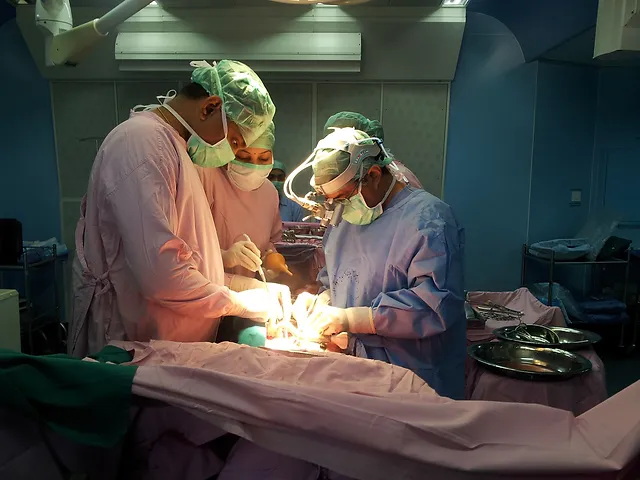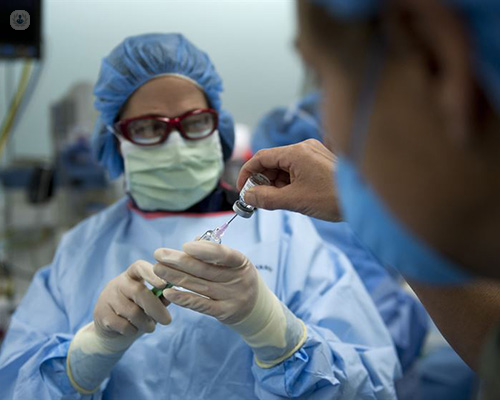About Redo Surgeries
"Redo surgery" in the orthopedic field typically refers to a situation where a patient needs to undergo a second surgery to address a previous surgical procedure that did not achieve the desired outcome or resulted in complications. There can be various reasons why a redo surgery might be necessary in orthopedics.
Reoperative heart surgery, sometimes called “redo heart surgery,” is when an individual who has previously had heart surgery needs to undergo another heart operation to treat complications or problems that have arisen since the previous surgery.
It's important to note that redo surgeries can be more complex than the initial procedures due to scar tissue, altered anatomy, and potential complications from the first surgery. The decision to perform a redo surgery is typically made by the patient and their orthopedic surgeon after a thorough evaluation of the situation.


Failure to Heal
In cases of fractures or joint replacements, if the bone doesn't heal properly or the implant fails, a redo surgery might be needed to correct the issue.
If a surgical procedure, particularly in orthopedics, fails to result in proper healing, it can lead to complications and the need for further intervention. This situation might require a redo surgery to address the issue and promote proper healing. Here's what you might expect in such a scenario
Your orthopedic surgeon will thoroughly evaluate your condition, reviewing medical records, imaging studies (like X-rays or MRI scans), and conducting a physical examination. They'll determine the extent of the healing failure and the underlying reasons.
